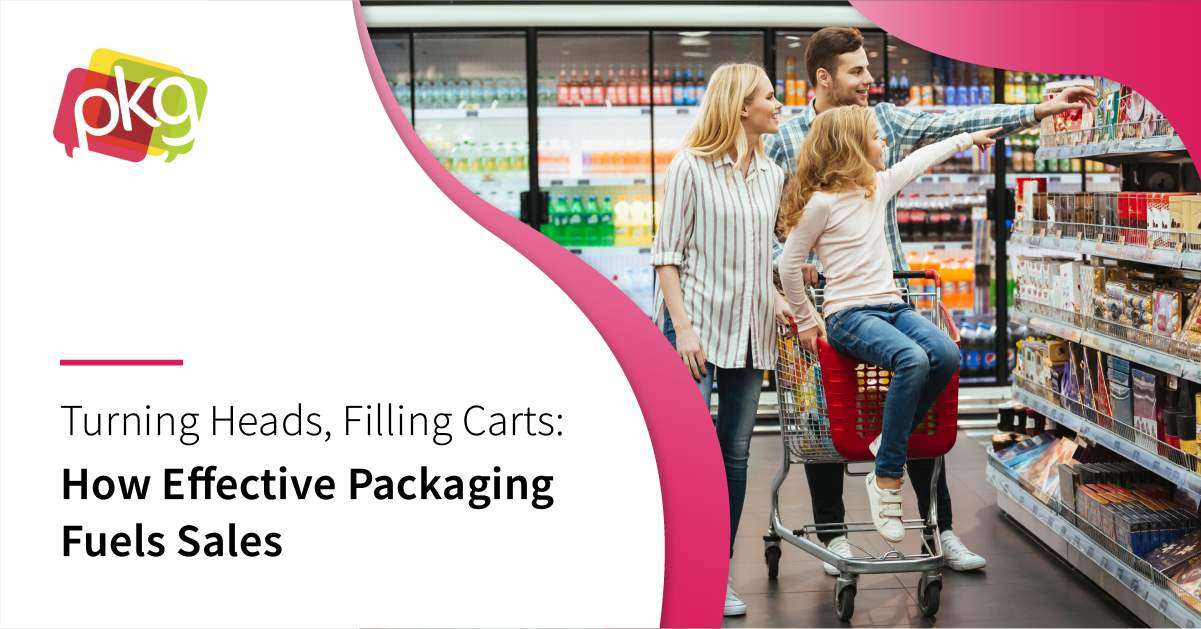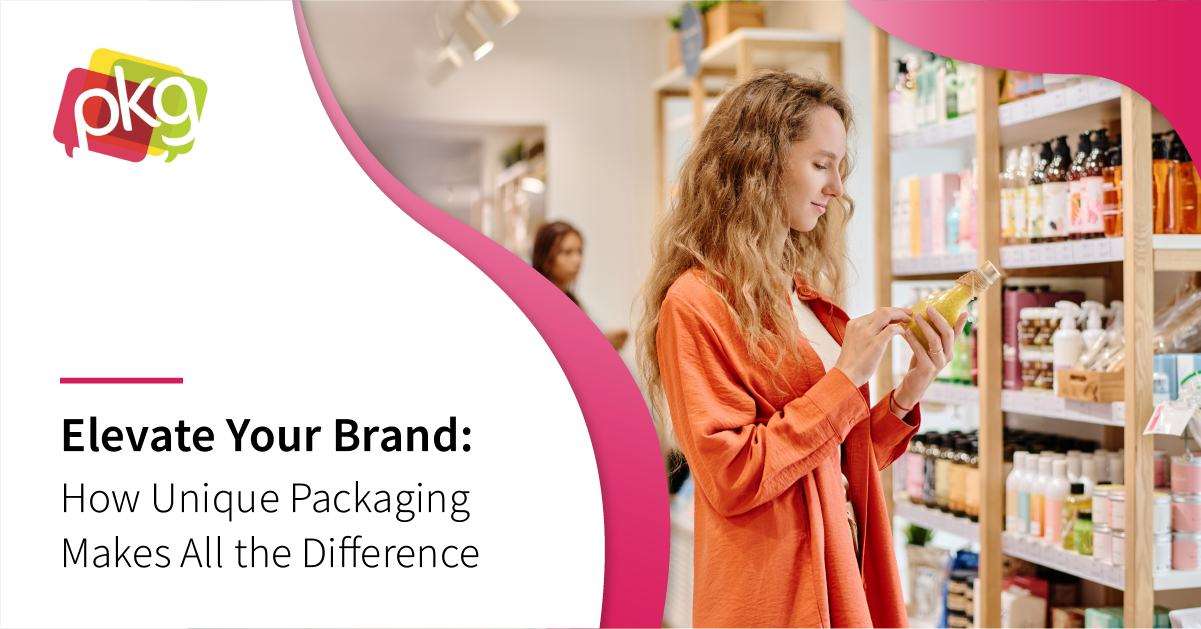
Many brands are placing nutritional information on the front of their product packaging. Though this is voluntary, this data can make or break the customer experience.
Shoppers respond to data when purchasing products. Research shows 56% of consumers are likely to reject products with labels that don’t provide adequate information. Here is what you need to know about front-of-package (FOP) labeling and why some brands are embracing it.
Why Adopt FOP Labeling?
Historically, nutrition labels were placed on the back of the package. But many companies are finding it more impactful to move this information to the front. Adopting FOP labeling gives consumers direct access to nutritional facts. Rather than turning the packaging around to look at the data, it is readily available when they are searching the shelves for the foods they want to buy.
Nutrition labels can inform consumers about the foods they eat. Brands are using them to help consumers make healthier decisions for themselves and their families.
FOP labeling enables you to offer nutritional information in a simple, clear manner that is easy to read. You can present the data listed on the nutritional facts panel more concisely while including other details. These include calorie content and key nutrients.
Including FOP labeling will help your brand remain more competitive. The key is coming up with an innovative strategy that will make your CPG packaging stand out.
One example of such a strategy is partnering with manufacturers to improve brand image. Adopting FOP leads to higher quality products for the manufacturers and increases promotional opportunities for retailers.
Tracking the sales of products of FOP labels can help retailers monitor how this information is impacting consumer decisions. Providing this feedback to manufacturers on a regular basis can increase the competitive edge for both manufacturers and retailers.

What Should You Include On Your FOP Labels?
Your FOP labels should include nutritional information that informs consumers what ingredients are in the product and how much. Mention details such as:
- Portion information
- Number of portions in the package
- Nutrient percentages
- Number of calories
- Amount of sugars, sodium, etc.
Your FOP labels can include words, colors, or symbols to depict this information. This makes it possible to fit all the necessary details on the CPG packaging in a way that makes it easy to understand.
Colors and symbols will make your packaging stand out. Consumers will immediately recognize these because they are commonly used standards in the industry. For example, you can color code the percentages of certain nutrients, so they are visible to consumers who are quickly browsing products.
Studies show consumers actually do read nutrition labels. Of those surveyed, 81% read the nutrition panel on product packaging. Of those, 72% said they did so even though they were not necessarily concerned with diet.
Research continues to determine how to improve nutrition labels on CPG packaging so they will have a more positive impact on consumers, manufacturers, and retailers alike. There are different formats for identifying product content. This gives you many choices when deciding how to present nutritional information on your CPG packaging.
PKG Brand Design is always on the forefront of new CPG branding and packaging initiatives, please subscribe to our blog for the latest package design industry news!




-min-2.png)


